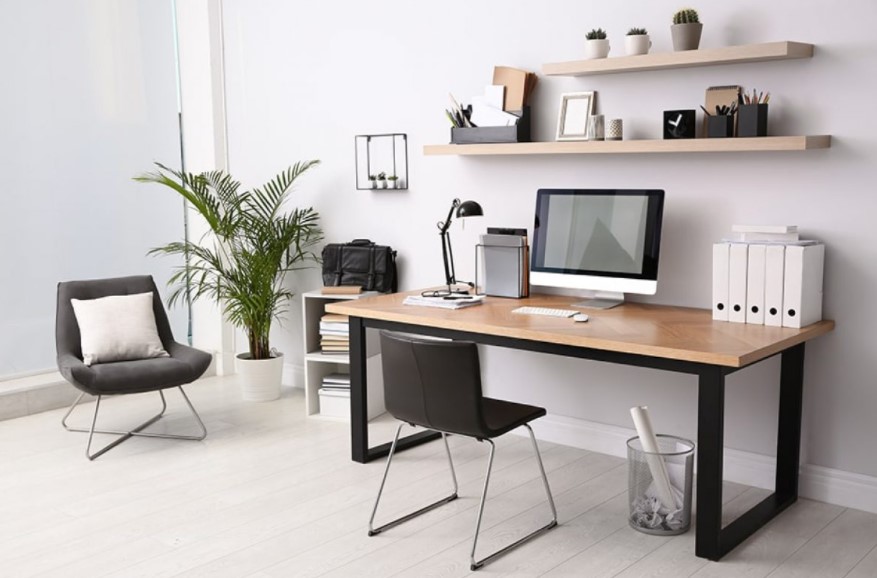
You could undo some of the progress you’ve made after a visit to Bruggemeyer’s Osteopathic Practice if your office and home office don’t use the right ergonomic setup. Typically, office workers perform an eight-hour workday at their desks. That means one-third of your day, you sit in front of a computer or telephone, and you need a setup that works for your physiology.
Choosing your desk
Your computer or work desk needs to last, so choose a design that uses hardwood or metal instead of particle board or chip wood.
Shape matters, too. A corner desk works if you hang shelves above it for the storage of books and papers. These smaller desks can work if you don’t crowd them. An L-shaped desk provides more workroom, and you can devote one portion to the computer desk, the other to reading and research.
The desk’s height should allow you to type on your computer keyboard without needing to raise or lower them from your waist. Most people feel most comfortable at a desk that measures 70 inches wide and 60 inches deep.
Choosing your chair
Your chair should provide a similar utility. Its height should allow you to place your feet flat on the floor with your knees bent at a 90-degree angle.
An appropriate office chair lets you raise or lower its seat. It will also include a lever that lets you adjust the seatback to recline less or more.
Setting up your desk and chair
Once you have set up your desk and chair and placed them where you want them in your office, set the chair height and inclination. Sit in the chair and adjust the settings until you find a comfortable combination of chair seat height and incline of the backrest. Ensure that this remains comfortable while you type on your computer keyboard.
Setting up your computer
Your computer should complement your natural posture. Place your keyboard and computer mouse so that your arms remain bent at the elbows at a 90-degree angle. This natural state reduces the muscular load.
If you regularly work from notes or another screen for information, place that information in a spot on your desk that lets you see it without turning your head in either direction.
Your monitor should remain close enough to you that you can touch the screen. You should not need to crane your neck or lean forward to read it. That means you’ll have about 45 inches between your monitor and your eyes.
With respect to monitor height, you should be able to close your eyes, then open them and find yourself looking directly at the address bar of an Internet browser.
Working with Habib Chharawala
Habib Chharawala of Bruggemeyer’s Osteopathic Practice can help you develop an ergonomic office setup that helps you feel better while you work. Improving your health takes treatment of multiple kinds and goes beyond your office visits for adjustments or acupuncture.


